UV Radiation and Skin Cancer: What You Need to Know
UV Radiation and Skin Cancer: What You Need to Know

With the sun beating down on us during summer vacations or as we enjoy outdoor activities, it's easy to forget that those very rays that give us a suntan can also pose serious health risks, like skin cancer.
This article aims to shed light on the importance of sun protection and to give you the tools you need to understand the link between UV radiation and skin cancer.
What is UV Radiation?
UV radiation, or ultraviolet radiation, might sound like something out of a sci-fi movie, but it's a very real—and potentially dangerous—form of energy emitted by the sun.
UV radiation is categorized into three types: UVA, UVB, and UVC.
- UVA rays penetrate the skin deeply and are primarily responsible for premature skin aging.
- UVB rays affect the outer layers of the skin and are the main cause of sunburn.
- UVC rays are almost entirely absorbed by the Earth’s atmosphere and don’t typically reach us.
These rays can affect our skin in several ways, including causing DNA damage, triggering mutations, and even leading to skin cancer if the exposure is intense or prolonged.
What is Skin Cancer?
Skin cancer is the uncontrolled growth of abnormal skin cells.
It often starts where the skin is exposed to sunlight or other forms of ultraviolet light.
There are three major types of skin cancer:
- Basal cell carcinoma: This is the most common type, often appearing as a small, shiny bump.
- Squamous cell carcinoma: Less common but more likely to spread, this type often looks like red scaly patches.
- Melanoma: Though rare, this is the most dangerous type of skin cancer and can appear anywhere on the body, even in places not usually exposed to the sun.
According to Skin Cancer statistics, one in every five Australians will develop skin cancer by the age of 70.
These statistics make it increasingly crucial for everyone to understand this disease.
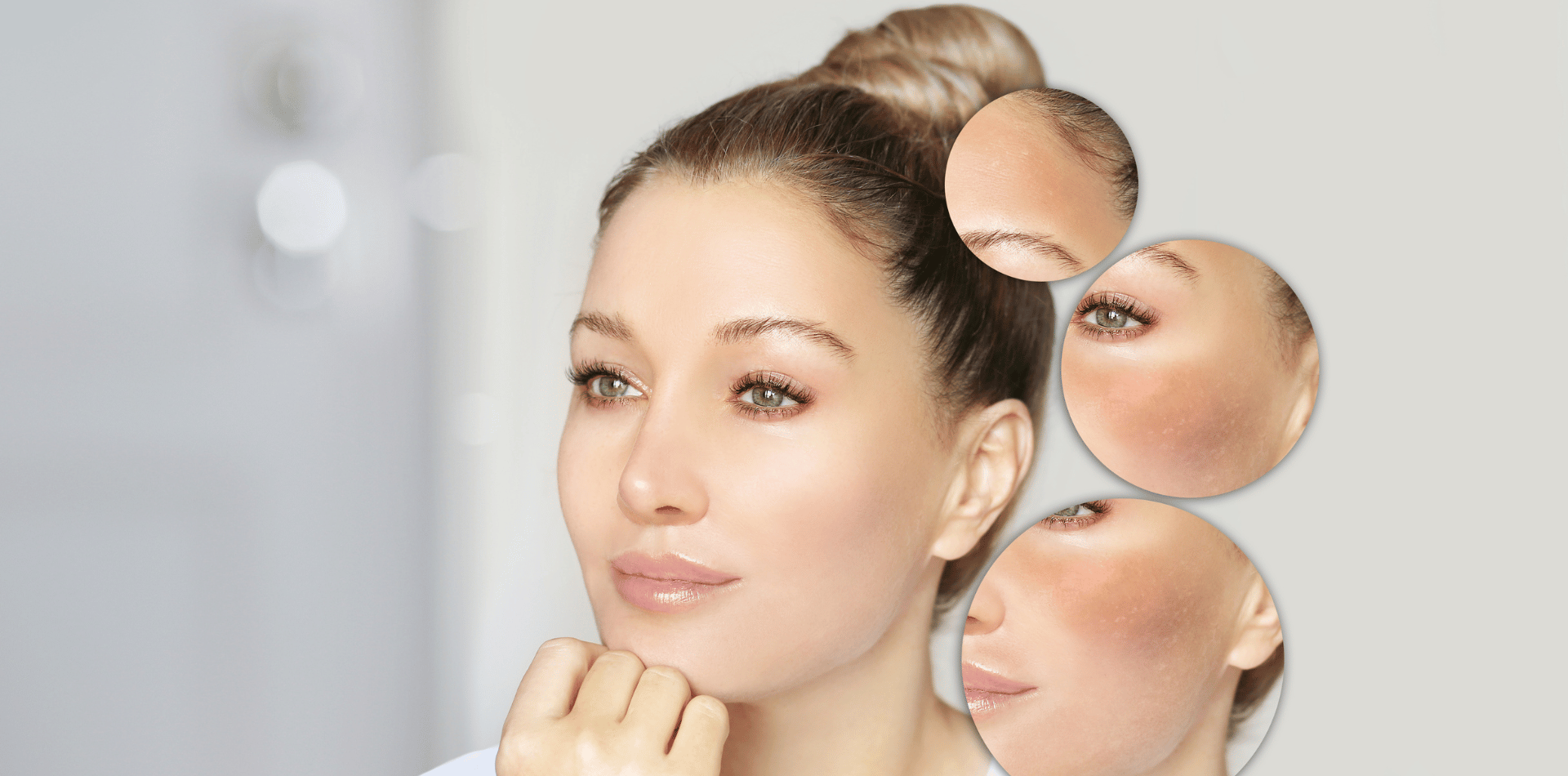
The Connection Between UV Radiation and Skin Cancer
The link between UV radiation and skin cancer is more than just skin-deep; understanding this relationship is crucial for effective prevention.
When UV rays penetrate your skin, they can cause damage to the DNA in your skin cells. Over time, repeated damage can accumulate, leading to mutations and the uncontrolled cell growth characteristic of cancer.
Studies that Support the Connection
Various research studies have consistently shown a strong correlation between UV radiation exposure and skin cancer.
These studies often employ long-term tracking of individuals with varying degrees of sun exposure, including outdoor workers and frequent tanners.
Experts from various medical fields have weighed in, reinforcing the evidence that limiting UV exposure significantly reduces the risk of skin cancer.
Risk Factors
Not everyone is equally susceptible to the damaging effects of UV radiation.
Several factors can elevate your risk of developing skin cancer.
For instance, people with lighter skin, eyes, and hair have a higher risk. Geographical location also matters; living closer to the equator or at higher altitudes exposes you to stronger UV radiation.
A family history of skin cancer can also make you more susceptible.
Other Contributing Factors
While UV radiation is a leading cause, there are other factors that can also contribute to skin cancer.
Tanning beds are a prime example. Despite giving you a "controlled tan," they emit concentrated UV rays, increasing your cancer risk.
Another contributor is exposure to hazardous chemicals, such as arsenic, which can further elevate your risk.
Symptoms and Early Detection
Early detection is often key to effective treatment, and knowing the signs of skin cancer can literally save your life.
The ABCDEs of melanoma provide an excellent guideline:
- Asymmetry: One half of the mole or birthmark doesn't match the other.
- Border: The edges are irregular or blurred.
- Colour: The colour is uneven, with varying shades.
- Diameter: It is larger than a pencil eraser.
- Evolving: The size, shape, or colour changes over time.
In addition to the ABCDEs, other types of skin cancer might manifest as persistent sores, scaly patches, or changes in existing moles or skin.
Professional Screenings
Professional screenings by healthcare providers can offer a more in-depth evaluation and are an essential part of a proactive approach to skin health. Typically, a dermatologist will examine your entire body for suspicious moles or spots. If any are found, further tests like a biopsy may be conducted.
Experts recommend starting screenings in your 20s or 30s, especially if you have higher risk factors.
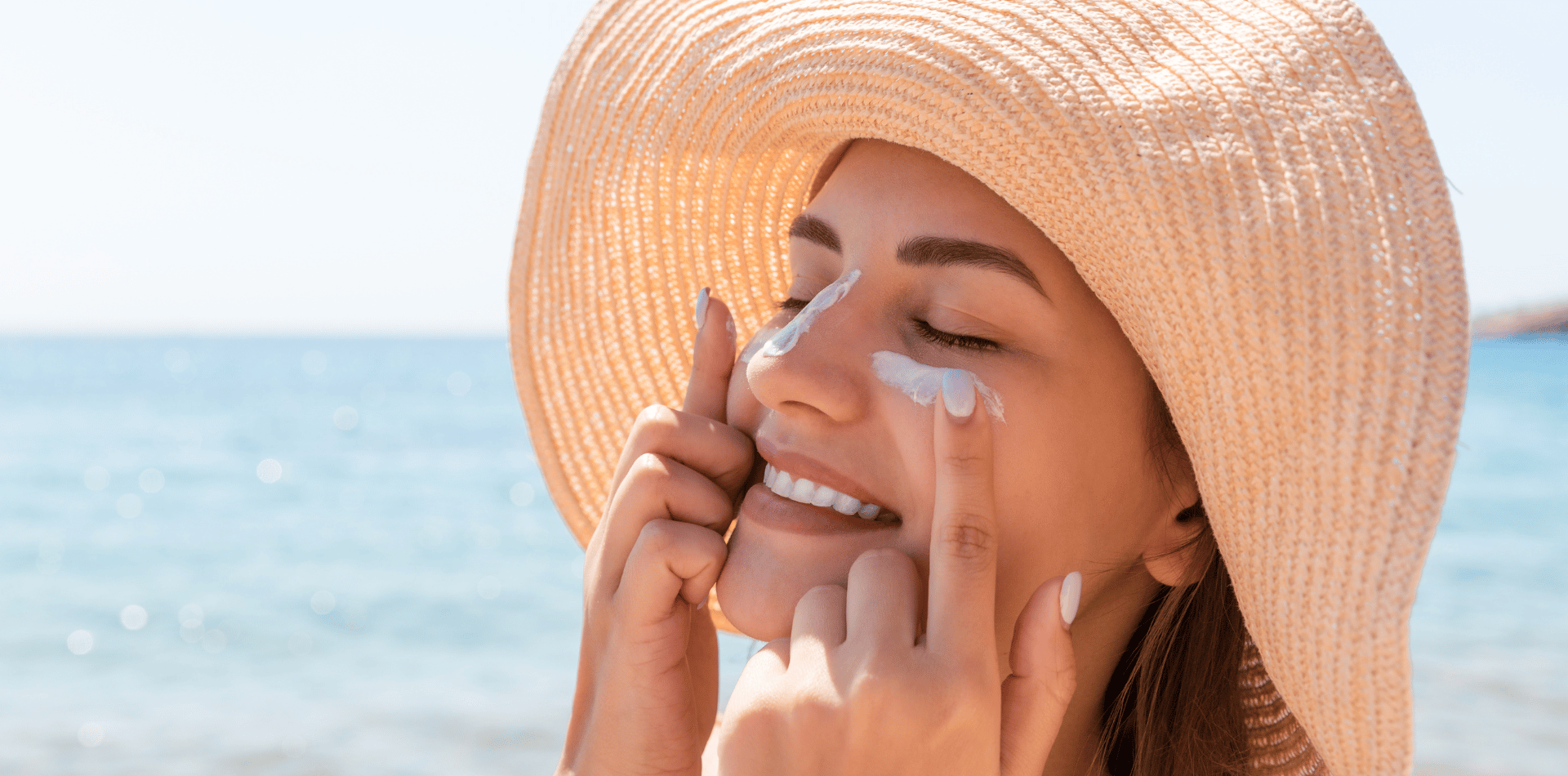
Prevention and Protection
The adage, 'Prevention is better than cure,' rings especially true when it comes to protecting your skin from UV radiation.
Always wear a broad-spectrum sunscreen with an SPF of at least 50, even on cloudy days. Reapply it every two hours, or immediately after swimming or sweating. UV-protective clothing and accessories like wide-brimmed hats and sunglasses also offer added protection.
Tips for Children and Older Adults
Children and older adults are particularly vulnerable to the effects of UV radiation, and special care should be taken to protect these age groups.
For kids, opt for sunscreens formulated for sensitive skin and establish a sun-protection routine early on.
Older adults should be extra cautious as their skin is thinner and more susceptible to damage.
Taking Action: Empower Yourself with Knowledge
Skin cancer is a largely preventable disease, but the first step towards prevention is understanding the critical role of UV radiation in its development.
Now that you're equipped with the essential knowledge, take action by making sun safety a priority for you and your loved ones.
Frequently Asked Questions (FAQ)
Here are some commonly asked questions about UV radiation and skin cancer.
Is it safe to go out without sunscreen on cloudy days?
- No, UV rays can penetrate through clouds and still cause skin damage.
Can I still get a tan while protecting my skin?
- A tan is a sign of skin damage. If you want a tan, opt for self-tanning products instead.
How often should I get a professional screening?
- Consult your healthcare provider for personalised advice. Generally, yearly check-ups are recommended, especially for those with higher risk factors.
By comprehensively covering these sections, we hope this article empowers you to make informed decisions about your health, reducing your risk of skin cancer significantly.
More Skin Tips.
CoreBodi
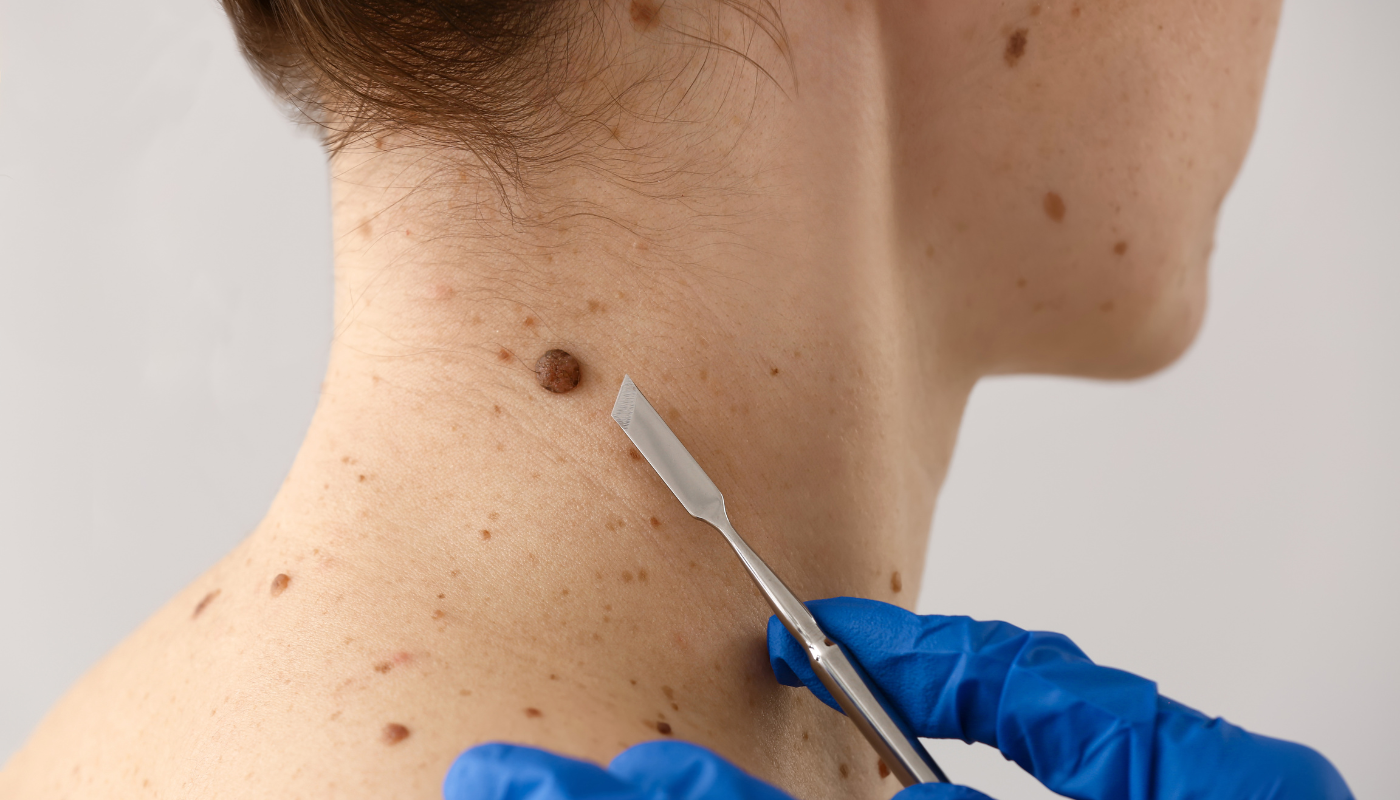


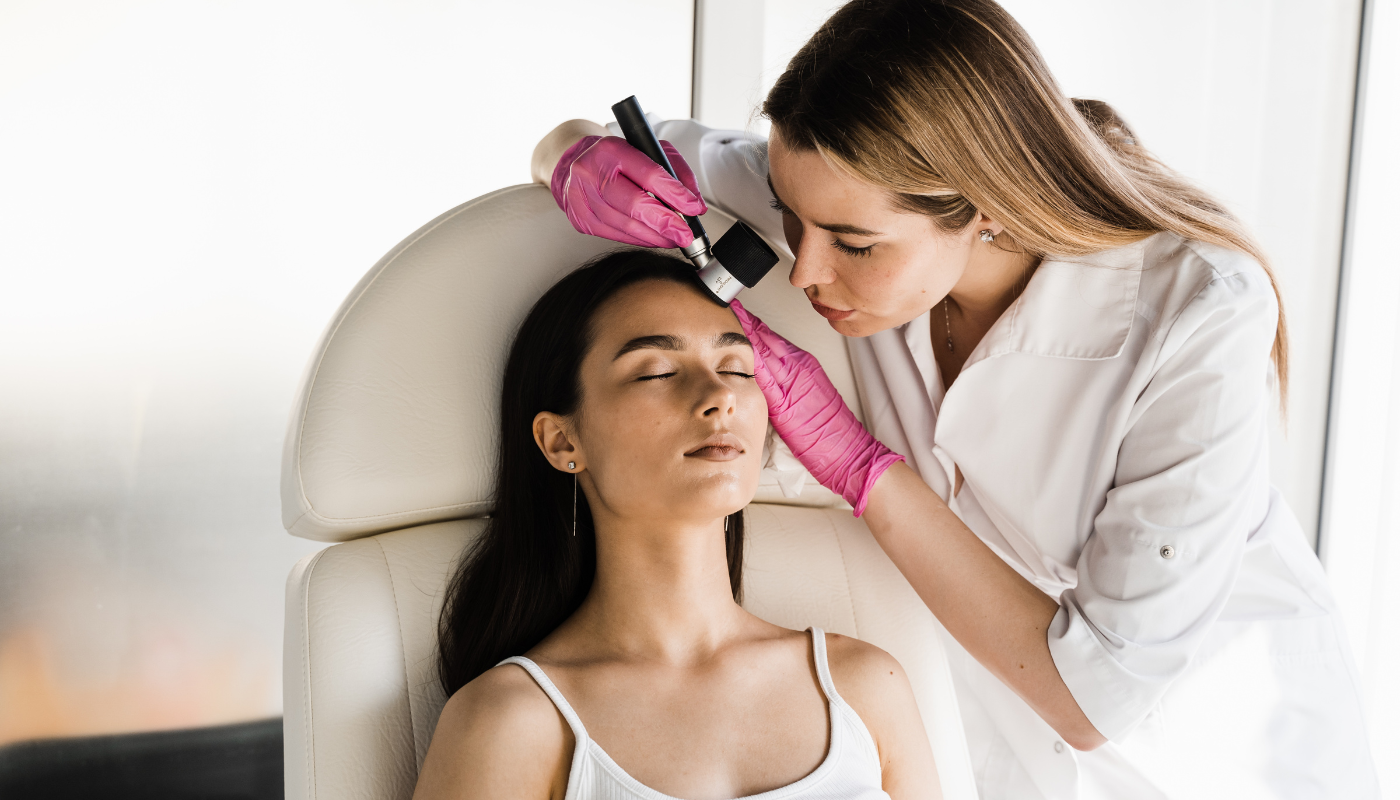
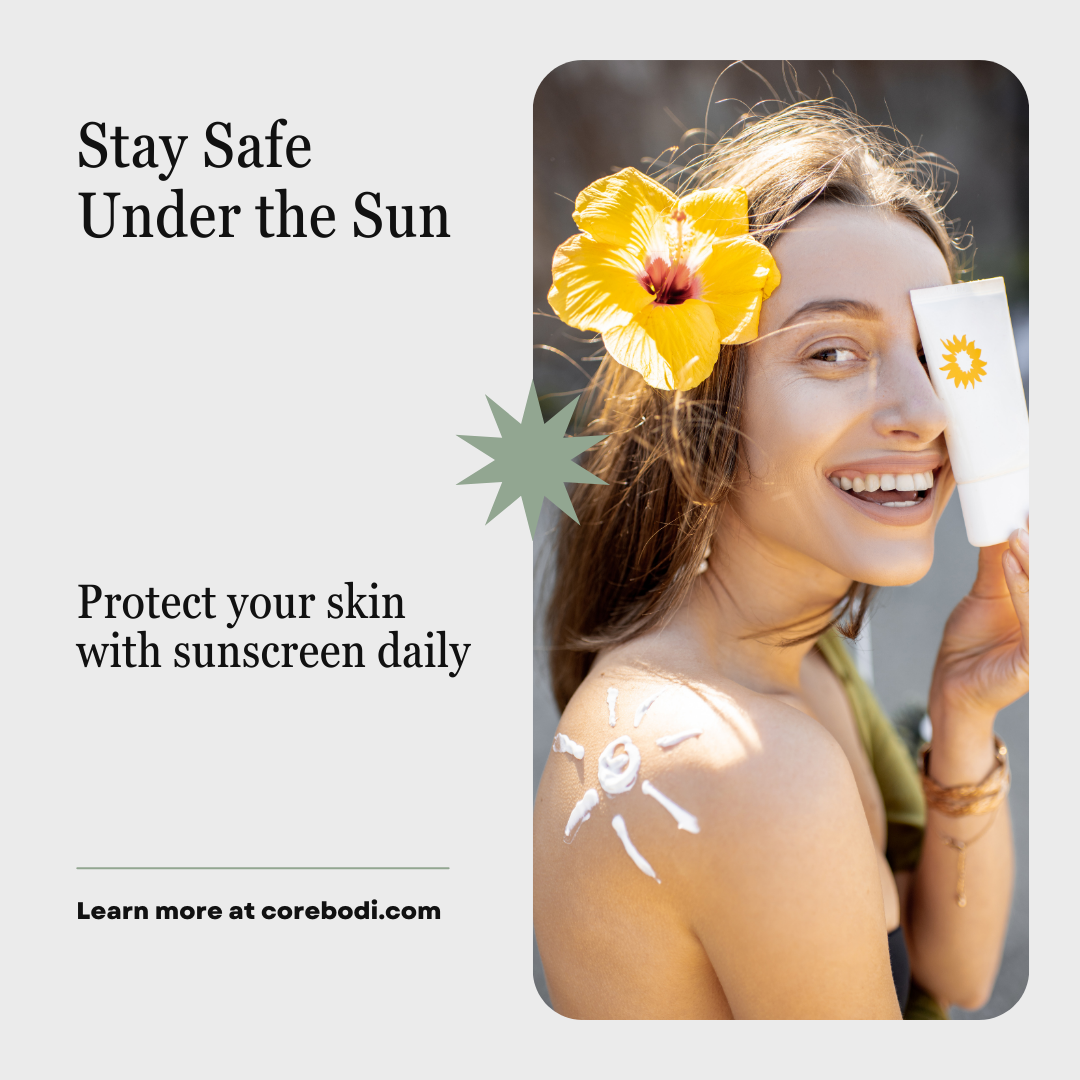

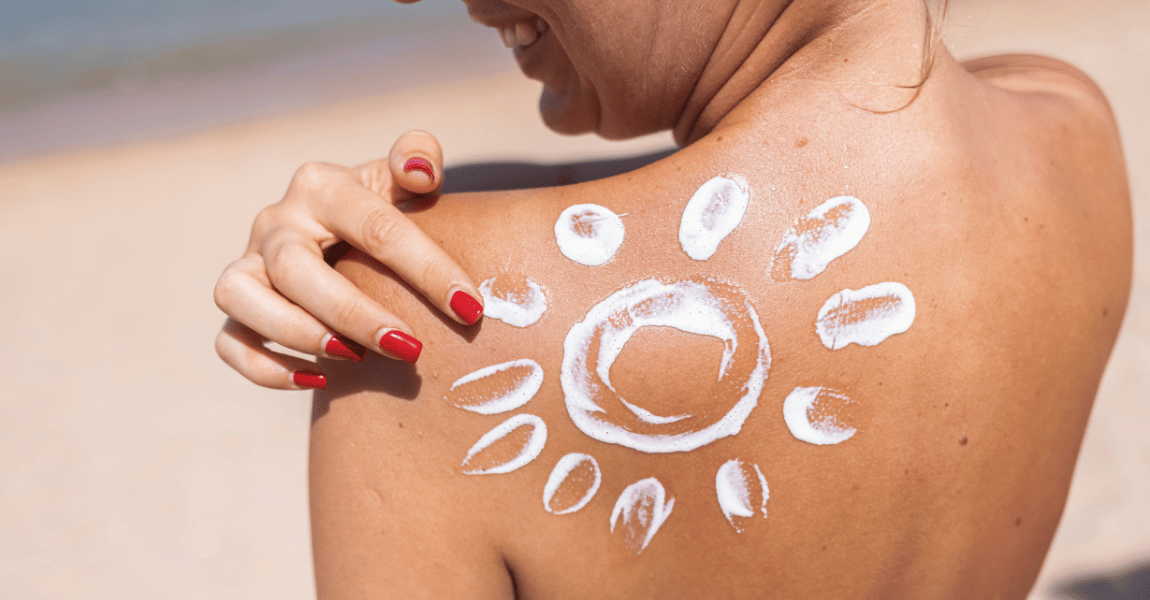



| Powered by Kaptol Media


